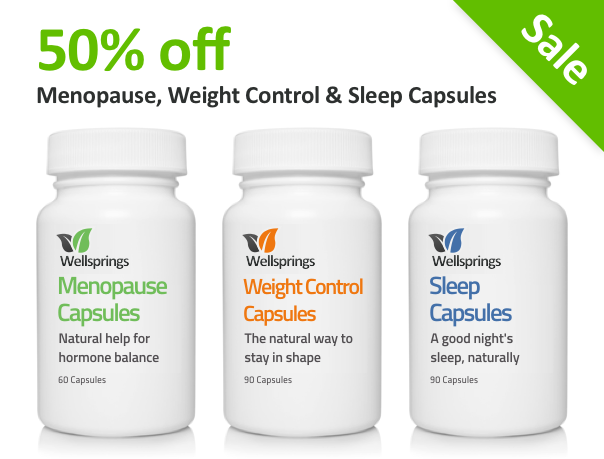What Signs of Oestrogen Dominance Do You Have?
Just what is oestrogen dominance and how can it be affecting you?

Women need hormone balance from puberty to post menopause and ideally their oestrogen and progesterone levels should work together. Unfortunately today many women suffer from excess oestrogen that is not balanced by the progesterone they need throughout their lives.
The late John Lee, MD first coined the term ‘oestrogen dominance’ to describe this condition in the 1990’s and since then it has been widely accepted as being a major part of hormone imbalance.
What hormones do you need?
I hear from many women who have had a hysterectomy and been told that the only hormone they need replacing is oestrogen, but don’t mention that they will need progesterone too.
However, bioidentical doctors know that – aside from the health risks of unopposed oestrogen – if there is very low or insufficient progesterone then there is no protection from oestrogen dominance – the results of which are linked to heart disease, cancer and osteoporosis.
That is why women find themselves now being taken off their HRT after the maximum recommended time of 5-6 years. Unfortunately this is often done suddenly so they have severe withdrawal symptoms and may also be offered antidepressants as an unsatisfactory alternative.
While oestrogen and progesterone decline with age gradually, there is a drastic change in the rate of decline during the perimenopausal and menopausal years, particularly for women who have had a hysterectomy, even if the ovaries have been left.
Between 35 to 50 years of age for all women there is a 75% reduction in production of progesterone but our levels of oestrogen during the same period only declines about 35%. This is because once the ovaries have ceased production of oestrogen, the body shift its production into the fat cells of the belly, abdomen and thighs, so there is an ongoing amount available.
By menopause, the total amount of progesterone made in the body is extremely low, but oestrogen is still present at about half its pre-menopausal level.
If you add in external forms of oestrogen such as HRT and xenoestrogens from the food chain and environment, then there is insufficient progesterone to counteract the effects of this amount of oestrogen in the body. This results in oestrogen dominance.
Many women tell me they have HRT/Pill/Coil which contains progesterone, but this is not the case as these products usually contain synthetic progestins – which are not the same thing as progesterone. Also, unless you have a copper coil, which contains no hormones at all, but instead have Mirena or similar then the body simply does not recognise its progestins as the same hormone, and they can have a number of side effects.
What are the signs of oestrogen dominance?
It is helpful to read the following list which was originally compiled by the late Dr John Lee of the USA, the pioneer in bioidentical hormone cream usage, and check against your own symptoms:
* allergies
* autoimmune disorders such as lupus
* bloating
* breast tenderness
* decreased sex drive
* depression
* fatique
* fibrocystic breasts
* foggy thinking
* headaches
* hypoglycaemia
* increased blood clotting
* infertility
* irritability
* memory loss
* miscarriage
* osteoporosis
* PMS
* thyroid problems
* uterine cancer
* uterine fibroids
* water retention/weight gain
What can you do?
You may have some, or all, of those symptoms as hormones respond to many factors and influence your health in ways you may not have anticipated.
Symptoms of peri/menopause such as hot flushes and night sweats for instance can affect your sleep and that is a known risk factor for weight gain and a number of illnesses.
Also, don’t underestimate the effects of stress, anxiety and tiredness on your hormones as they can make your symptoms worse.
Nor are such symptoms confined to the menopause itself as I am hearing from an increasing number of women who are experiencing menopause symptoms well post menopause.
A recent study has shown that a much higher proportion of ‘older’ women (average age 59 in this study) still suffer from hot flushes and night sweats, well after menopause is assumed to be over.
Helpful information:
Oestrogen dominance is simply helped by ensuring you have sufficient progesterone levels to balance out the excess oestrogen was always intended to be the case in your body naturally.
It is commonly thought that if you have low oestrogen you cannot be oestrogen dominant but this is not the case either if your progesterone levels are even lower.
You can establish your levels of the two hormones by saliva testing – more accurate than blood tests – or simply by noting the symptoms that you have. The more symptoms then the more likely you are to be oestrogen dominant.
If you need help deciding whether you are oestrogen dominant, or need to supplement, then this article can be helpful.

















